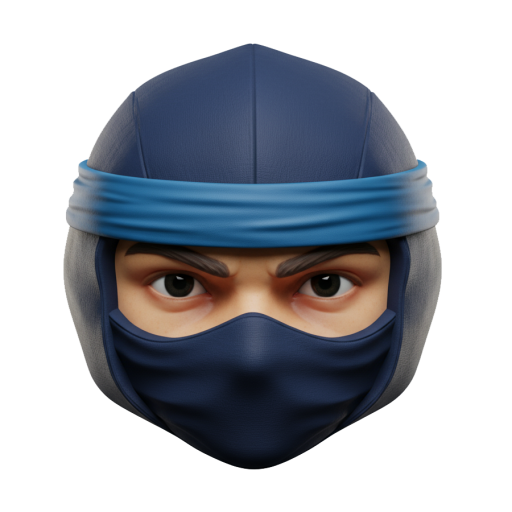Most apparel decorators face the same trio of headaches: uneven adhesion on mixed fabrics, color swings from one run to the next, and piles of wasted sheets when jobs shift at the last minute. Based on insights from ninja transfer’s day-to-day work across global decorators, Direct-to-Film (DTF) has matured into a practical way out—without forcing you into oversized batch runs or rigid setups.
Here’s where it gets interesting: a properly dialed-in DTF workflow can hold color within a ΔE of roughly 2–3 under G7-like targets, survive 40–60 domestic wash cycles when cured correctly, and move between cotton and poly blends with minimal fiddling. That doesn’t make it magic—just predictable.
Let me back up for a moment. The appeal isn’t only aesthetic. DTF decouples print from press, so you can print when the queue is quiet and press when orders land. That buffers rush jobs, eases changeovers to under a couple of minutes, and keeps small-batch flexibility intact.
Quality and Consistency Benefits
DTF is an Inkjet Printing process at heart, using pigment, typically water-based inks, onto PET film and then transferring via heat. With a stable RIP profile and a calibrated monitor-to-press workflow (G7 or ISO 12647 style targets), most shops hold color within ΔE 2–3 on repeat designs. You won’t hit that every day on every substrate, but with a consistent powder application and a controlled cure, it’s within reach week after week.
The other quality metric that matters is durability. Properly cured transfers routinely withstand 40–60 home wash cycles before visible fading or cracking. Under-cure or over-powder can shorten that window—both are common early mistakes. A small test grid on scrap fabric helps you find the sweet spot in under an hour, rather than trial-and-error across live orders.
There’s a catch: aggressive neon or specialty ink sets can narrow the color gamut and complicate adhesion on coated nylons. That’s not a DTF failure; it’s a formulation fit issue. For those jobs, a blocker layer or a substrate-specific adhesive powder often solves it, but you should plan it into the quote and schedule.
Substrate Compatibility and 13×19 Workflows
DTF pairs well with cotton, cotton/poly blends, and many performance fabrics. For slick nylons, a blocker layer plus a slightly longer dwell time usually does the trick. PET film thickness in the 75–100 micron range balances handling and release; thinner films feel nimble but can curl, while thicker films are easier to stack but add cost. If you run a dtf printer that prints 13×19, you can nest 8–20 typical chest logos per sheet depending on size—handy for gangs, sampling, or on-demand batches.
Those 13×19 gang sheets also help you control waste. Many shops keep a rolling “filler panel” of evergreen logos to plug empty space—small care labels, inside-neck hits, or common sizes. It’s not fancy automation; it’s a simple habit that keeps scrap closer to 3–6% rather than the 8–12% we often see in new setups.
If you supply transfers to local decorators, sharing a substrate matrix (what sticks, what needs blockers, which temperatures are tested) avoids rework. A one-page chart beats a dozen frantic texts on press day.
Implementation Planning and Press Parameters
Let’s tackle the perennial question—what temp for dtf prints? In practice, most reliable profiles sit around 285–315°F (140–157°C) with 10–15 seconds of dwell, then a brief post-press to lock in surface feel. Medium pressure and a cool-peel film keep edge lift at bay. Thicker hoodies? Add a firm under-board or a second press to even out seams and pocket bulk.
Teams often lean on ninja transfer customer service for press profiles by fabric type; that’s smart. A single-station 16×20 press can output roughly 60–120 transfers/hour depending on operator rhythm. Power draw is modest: a 1 kW press running 15-second cycles consumes about 0.004 kWh per transfer (around 0.4 kWh for 100 hits). Ventilation matters during powder cure; aim for a filtered path to manage particulates.
Cost–Benefit with a Sustainability Lens
From a sustainability standpoint, DTF makes sense when you’re juggling many SKUs and unpredictable order sizes. Printing transfers first and pressing later cuts dead inventory. We regularly see changeover time slip under two minutes and batch sizes drop to exactly what shipped that day. That keeps waste in the 3–6% band once routines settle—and those reclaimed minutes tend to matter more than they sound on paper.
If you work with dtf prints nearby rather than shipping finished garments across borders, you trim transport emissions and handling risk. The math isn’t universal, but moving 1–2 kg of transfer sheets beats moving 20–30 kg of finished hoodies for many small drops. One trade-off to note: PET carrier film requires a thoughtful end-of-life plan. Some regions allow film take-back; others don’t. Track your local options before promising a recycling claim.
On consumables, powder particle size (often in the 80–120 µm range) and even application save more money than bargain hunting on film. A consistent coat avoids re-pressing and callbacks, which carry the real cost and extra carbon in return shipments.
Problem-Solving Applications from the Field
One small brand in Manchester needed same-day restocks during a pop-up tour. They printed gang sheets overnight and pressed on-site the next morning, using a travel press and a narrow blocker layer on nylon windbreakers. Throughput hovered around 70 transfers/hour—not a record, but enough to meet demand without overstock.
Another shop stumbled over grainy edges. The culprit: over-powdering to “play it safe.” Backing off the powder and adding a 5-second post-press fixed the hand feel and edge definition. Resources like dtf transfer ninja guides walk through that kind of troubleshooting step-by-step, which shortens the learning curve without expensive guesswork.
Last note from a sustainability angle: schedule prints when your line is already warm, and group similar fabrics. That keeps your failure rate in the 3–6% range and your kWh/transfer closer to the low end. If you’re unsure, ask your provider—teams at ninja transfer can share tested settings for common garments and help you avoid preventable rework.
